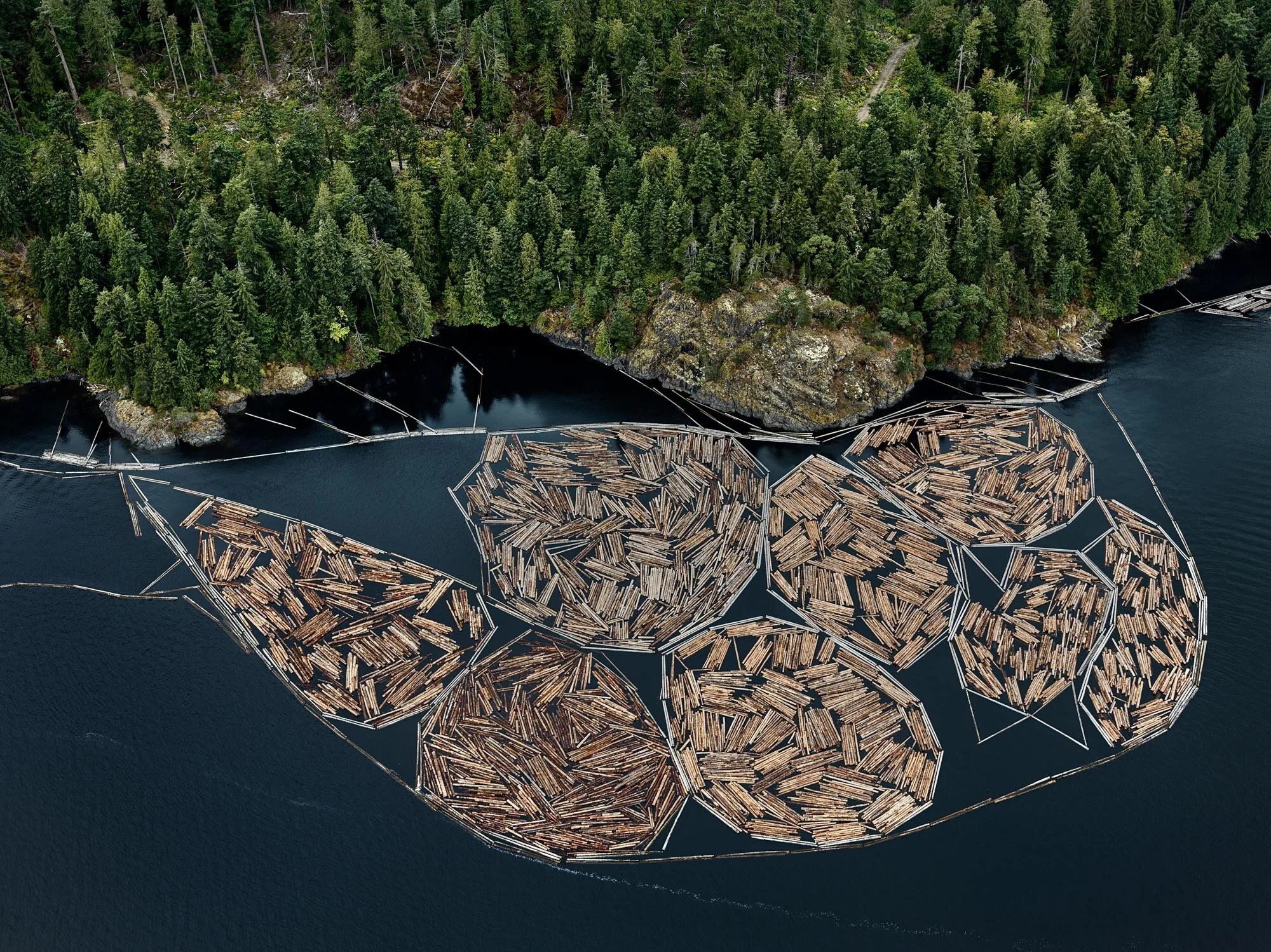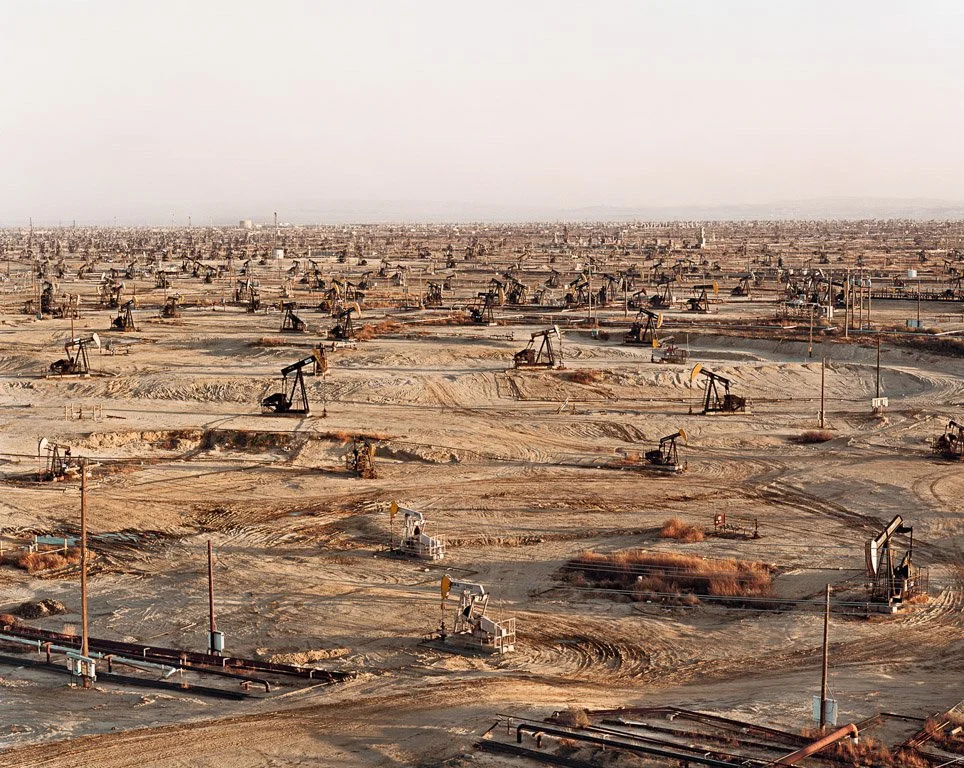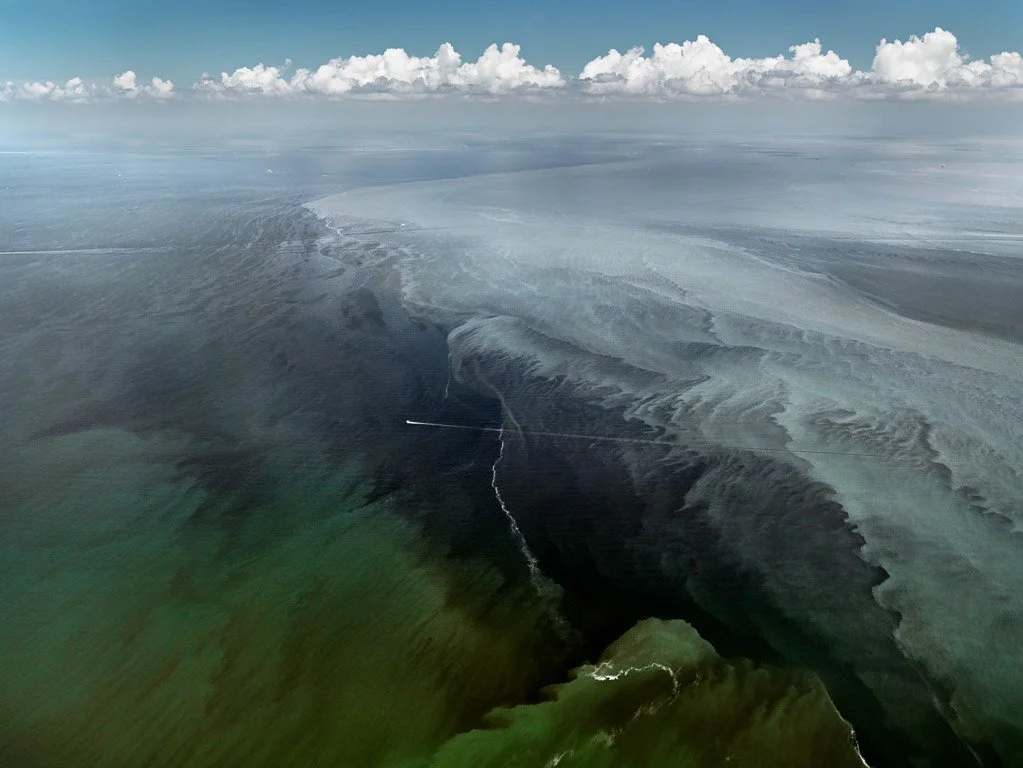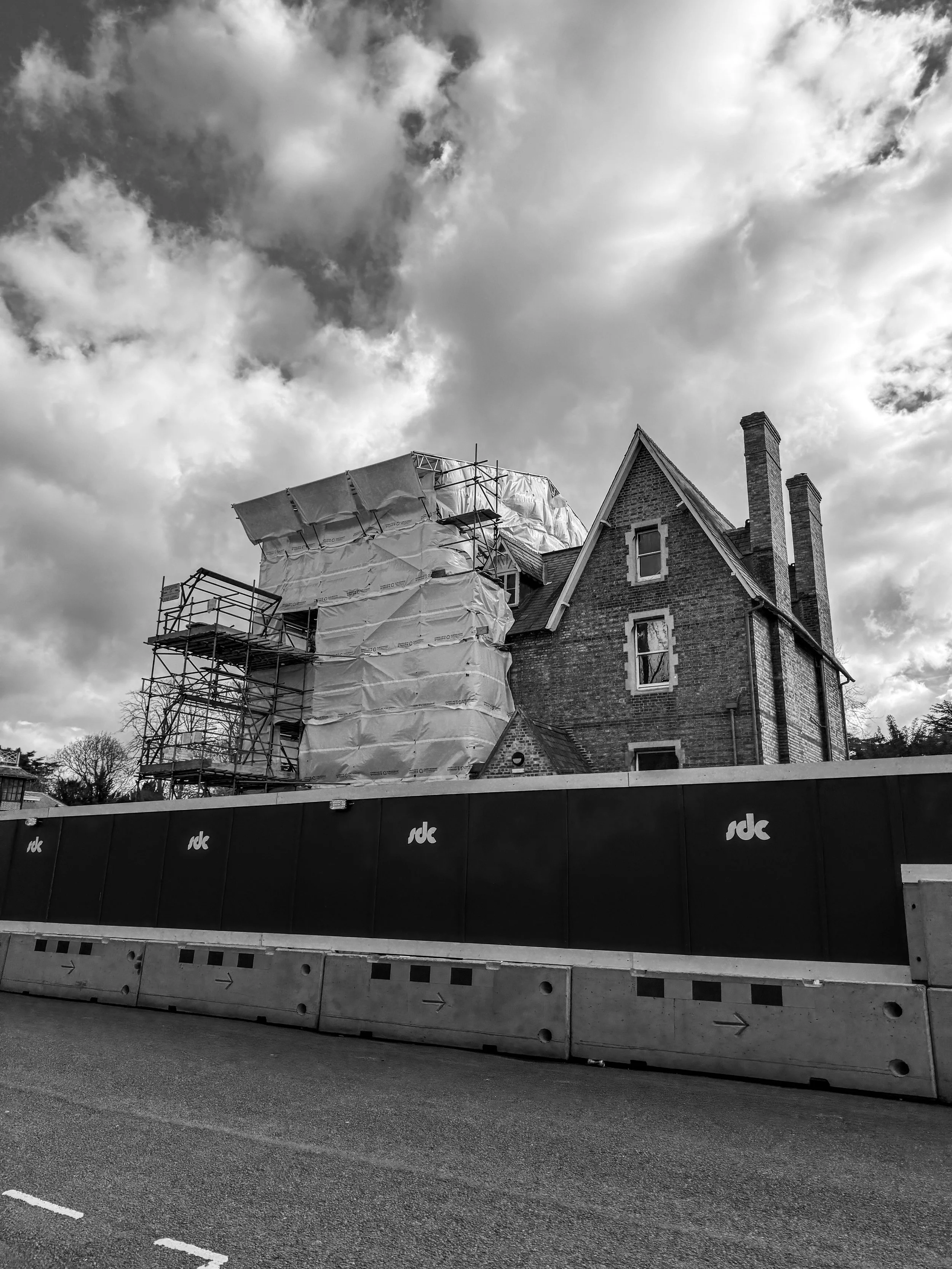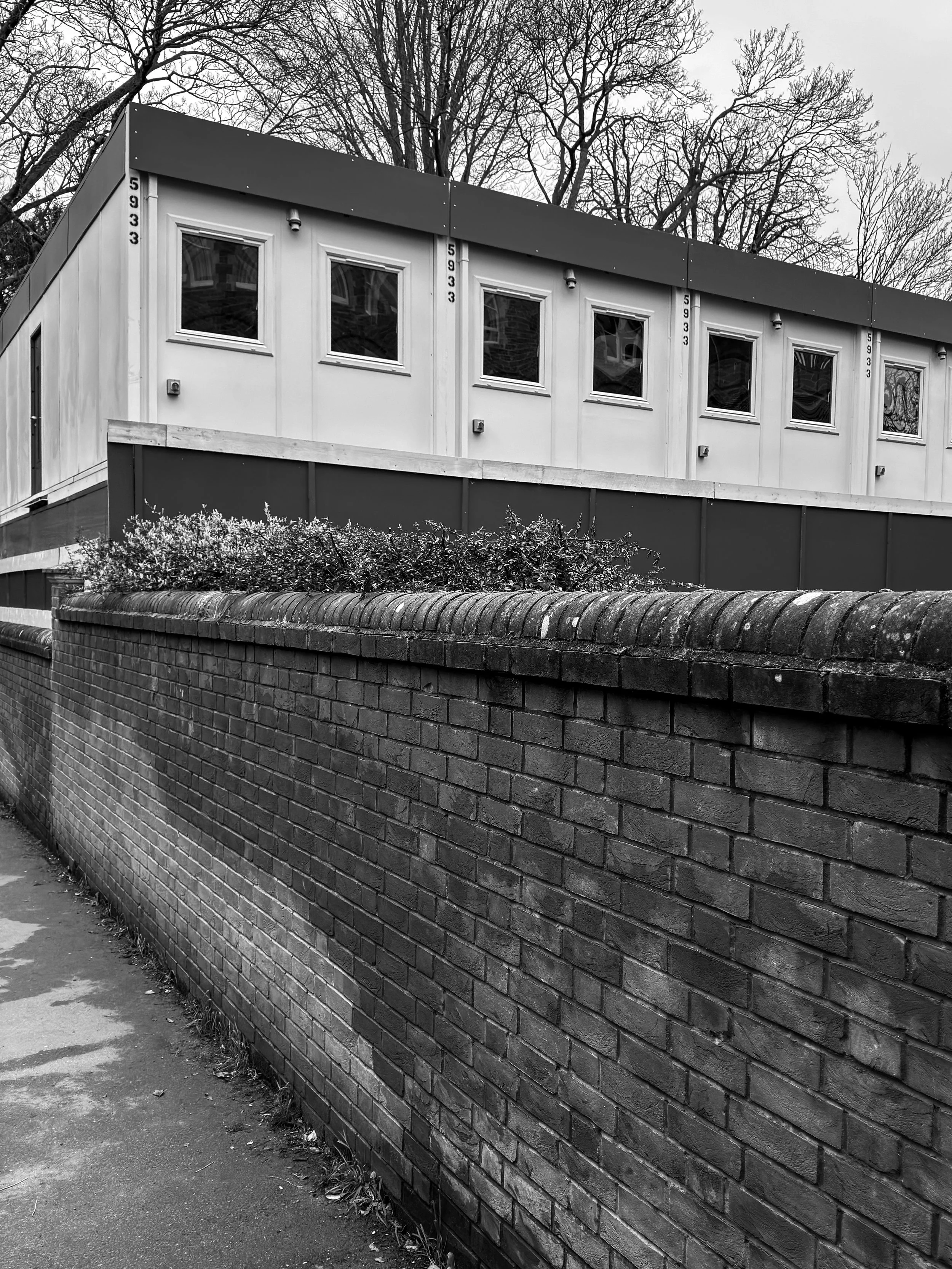Edward Burtynsky Review
Due to illness I was unable to visit the Saatchi Gallery to view the works by Ed Burtynsky; instead, I have selected a few images from his website that I find to best sum up his work. Through his work, Edward Burtynsky seems not only invested in displaying the beauty of nature, but creating a large amount of awareness and presence of activism for the preservation of it. According to his website, Burtynsky describes his work as “nature transformed through industry.” This perfectly encapsulates the vast majority of his projects. Burtynsky seems to accomplish this feat extreme distance between him and his subject, usually from an aerial position. Though in the past this was done with planes, it also seems that he accomplishes this currently using drone photography. I’ve never quite considered drone work to be a noble feat in the world of photography, but I think the way in which Burtynsky employs it, it enables itself to cut through in a way where it delivers Burtynsky’s message better than any other option. Perhaps this answers the question, “What constitutes good photography?” more than anything else. In my opinion It is less about the tools used for the expression, and more so if it creates a cohesive final idea. I chose these three works because they come from different projects by Burtynsky over the years, yet if you grouped the three of them together the theme of environmental activism remains unapologetically visible. I appreciate Burtynsky’s work because the only statements it makes is what it visually presents. Whether it is looking at logging, fields oil drills, or spillage in the ocean, Burtynsky is simply capturing the effect of capitalism and man on nature. He does not pitch it as a positive or negative thing; that is the audience’s decision. I ask myself why are these photos beautiful? Where does the beauty lie in this image? In Burtynsky’s case, that must shift dramatically from viewer to viewer, location to location. Some of the aerials Burtynsky takes, such as the Vancouver and Mississippi Delta photos I selected, are striking for the landscape they capture. Due to the aerial composition Burtynsky is able to compress and flatten the image much like Bernice Abbott’s compositions using high focal lengths. Burtynsky almost creates an abstract looking subject matter through this. What is interesting to me is once that natural beauty settles in, and I spend more time with the image, I began to analyze the deeper layers of the image. I question why are the logs are corralled in the river or why the ocean looks stained, and suddenly that reality sets in. Taking the time to read the artist statement for each respective series that these photographs belong to, it enhanced my understanding of his work. Burtynsky seems obsessed with the concept of “industry,” in a way that is completely apolitical. In many instances he captures these amazing images that reflect the accomplishments of mankind and massive success; however, Burtynsky also makes comments such as (on “Oil”), “ both the source of energy that makes everything possible, and as a source of dread, for its ongoing endangerment of our habitat. He seems infatuated with the grey area of “industry,” almost as if he wonders if we as humans will first use it to save ourselves or doom ourselves. Overall, I applaud his work as it does resonate with me, but more than that it is simply an example of great artistic exploration. There is no overly ambiguous theme that takes ages to decode. He leaves us with something that is entirely consumable, but also takes some time to process and mull over. As a consumer of art that’s all I really ask for. There is a clear objective and Burtnsky’s portfolio seems like an ever evolving endeavor to chase that idea of “industry” until we reach the final ultimatum.
Edward Burtynsky, “Log Booms #1, Vancouver Island, British Columbia, Canada”, 2016
Edward Burtynsky, “Belridge, California, USA”, 2003
Edward Burtynsky, “Mississippi Delta, Gulf of Mexico”, June 24, 2010
In World War II there was some sort of alleged agreement between the British and the Nazis not to bomb Oxford and Cambridge in a trade off for not bombing certain old university cities in Germany. This weekend I spent some time in Oxford, one of my favorite places I have traveled to in England. Like many, I find the incredibly old architecture fascinating. With this history in mind, every time I visit the city there are always buildings and construction sites that stick out like a sore thumb. I guess in my own way I was subconsciously interested in the way Burtynsky's “industry” interacted with Oxford. I wanted to try and shoot these very “ugly” sites and buildings using a really striking sort of technique that even highlights the architecture of it. While I did not collect as many images as I had hoped (I am still sick a week after missing class), I feel like there is a sort of ambiguous message in the three photos I chose. All three were shot at an aperture around F22 which captured the entire scene in view. I wanted to join the images together using the lines of the structures. Two of the photos I shot are of construction sites, and one is of a piece of brutalist architecture in the city. The “story” of it could be told as a walk through Oxford, passing by places that people hardly look twice at. To me each of these photos holds a stark duality. The first captures ongoing construction to what I assume is a very old building. A bland wall and layers of scaffolding encase this piece of architecture. I can’t help but wonder to myself if this is an attempt to fix something on the building, or change it for the worse. Oxford prides itself on its historical legacy, yet they seem to have no problem modifying the architecture to forget the past. My second example, the brutalist architecture, reflects this. Walking through a small pathway, encased by centuries old stone walls, pedestrians pass a grim looking brutalist dorm. There are a couple of these scattered across Oxford’s different schools. Without any sort of explanation, the contrast is palpable between the walls below, and the dark brutalist tower above. I can’t help but wonder to myself who at Oxford decided to pull a 180 degree shift to brutalist architecture in a city that seems out of a Harry Potter film. Despite there being this contrast I don’t necessarily think it’s entirely negative. There is also something I find beautiful about this duality whenever I walk by it, which is what I was hoping to capture on camera. The idea is that the building is just dismissed as ugly whenever someone walks by for the first time, but perhaps there is some beauty to be seen in the site as well. Lastly is another construction scene, where buildings of I don’t even know what contrast yet another old brick wall. While these are all mundane scenes from a walk anyone can do in Oxford, I find that in the 21st century we are a society that is always so focussed on progress that the past can often be forgotten. Oxford doesn’t just look like a Harry Potter set, they have buildings old enough for Da Vinci to have seen. While these thoughts will remain largely unrefined, I think this mini-project was a good stepping stone for a larger idea.

